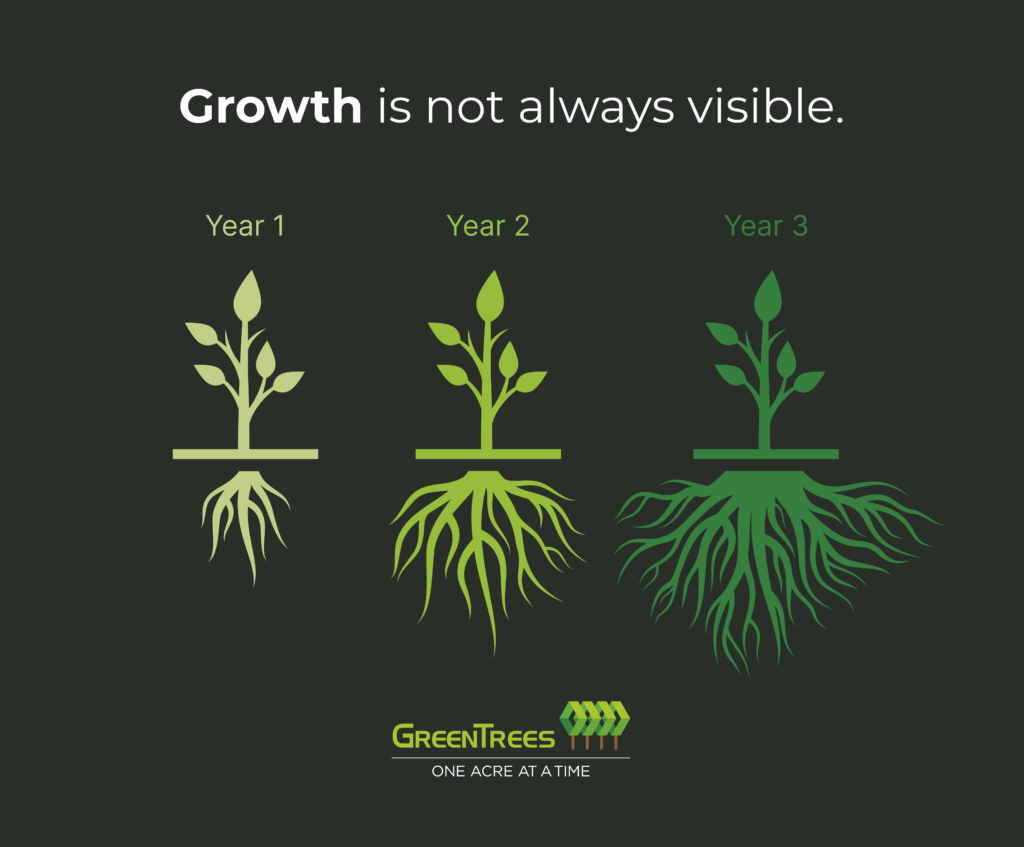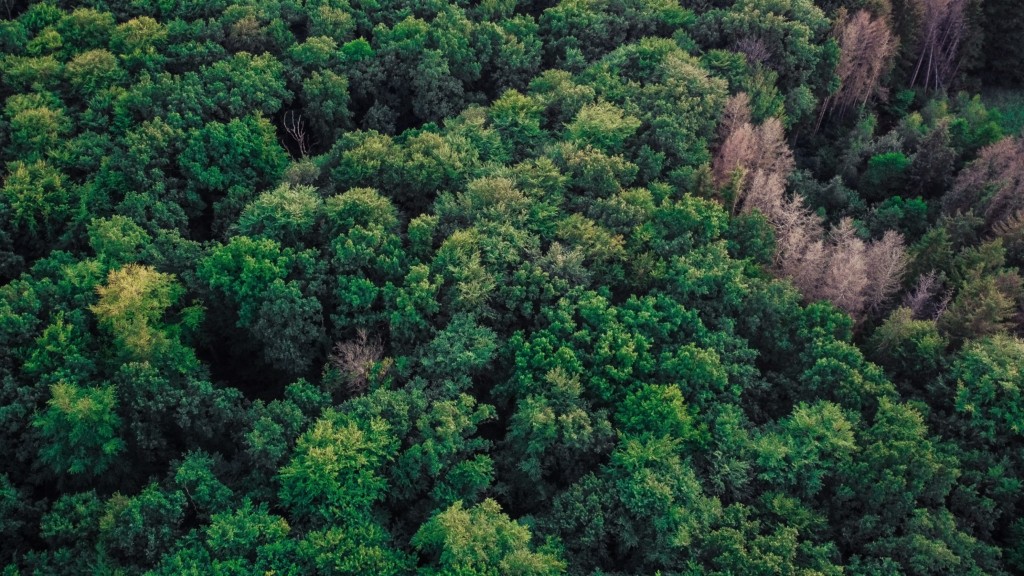“Anytime we can take land that shouldn’t ever have been clear cut during the agricultural and industrial revolutions, and put it into reforestation—that’s healing a lot of damage, and it’s only a positive.” Chad Soprano, a gentile investor with an accent smooth as warmed molasses, owns 900 acres of recovering cropland near Sicily Island, Louisiana, and his enthusiasm for working with GreenTrees is palpable.
Chad Soprano
Looking around Soprano’s extravagant hunting/outdoors recreation lodge on a steaming afternoon in mid September I got the strong impression that this guy knows what he’s talking about. A self-made businessman who started a successful regional chain of grocery stores, Soprano’s heartfelt ties to this verdant property are threefold: a rising financial return from carbon credits, fun for family and friends, and hunting/wildlife watching. “We’re very selective about what we shoot out here,” he told me. “I’m a hunter, not a killer.”


Joining us was Bickham Crooks, a forester with GreenTrees for three years whose expertise in forest management plays a major role for landowners like Soprano, who typically come at it eager to know more (“I’m a learning junkie,” Soprano assured us). “GreenTrees pays up front, and landowners get checks, not bills, for property ownership,” says Crooks. “It’s expensive to get carbon credits verified yourself, and we help small landowners who otherwise couldn’t afford to participate, some with properties as small as seven acres.”
Crooks said he’d become a forester because “I wanted to be outside working with improved forest management, but I was also into technologies like geographic information system (GIS) mapping. So this is a good balance.” When I asked about what working for GreenTrees meant to him personally, he replied, “This program gives families the opportunity to heal their land over multiple generations, and that’s huge for communities. It’s not just an environmental plus; it’s also a social one.”
“Forested hunting property is central to Southern culture,” drawled Soprano from over my shoulder. “The land ties it all together in ways that wouldn’t happen with bean fields.” I turned and asked him how he overcame what I’d heard has been an initial reluctance among some Delta landowners to enroll in a program like nature based carbon removal which few locals had, until fairly recently, been aware of. “I was 100% convinced it was too good to be true,” Soprano reminisced. “But I built a relationship with GreenTrees, mainly through Bickham, though they were initially recommended to me by a friend in the Louisiana Forestry Association. I still had doubts, but with GreenTrees paying for initial costs and no out-of-pocket expenses for me, what the hell did I have to lose?” Grabbing us a couple of bottles of cold water, Soprano motioned me to the garage out back. “You’ll help me rehab this land for free? It’s not too good to be true—it’s real!”
We said goodbye to Mr. Crooks, strolled outside into the blanketing humidity and climbed aboard Soprano’s 4×4 for a look around the property. When asked if his farm had a name, he slyly chuckled, “I dunno, I guess it’s Soprano’s Sanctuary.”
The landscape was level and methodical, with long bands of mown turf marked by rich dark “gumbo” soil bordered by stretching reaches of hardwood which in a few years will be producing abundant mast—acorns and other nuts to dazzle native wildlife. “We’ve planted about seven different hardwood species,” Soprano told me above the whirring engine. “We’re putting this land back into a natural state, not a monoculture.”
Not that logging is wholly off the table. “This isn’t going to be a static forest,” Soprano advised. “With hardwoods it’s usually 40 to 60 years before logging should begin, and the goal should be solid wood products (unlike softwoods like pines, which are generally processed into chips and sawdust). Long-term carbon storage and selective logging go hand in hand,” he said, and with the lengthy timespan for hardwood logging, “what we’re really looking at here is the big picture.”
We drove on, the bucking 4×4 scrawling my notes across the page in my lap. Healthy hardwoods planted through GreenTrees bordered shrinking beanfields and burnt plots of switchgrass, the latter a means of growing fresh food for the property’s large deer population, locally celebrated for its trophy bucks, with elegant stands for hunting game strategically placed at deliberate points on the grassy roadways. A flock of sandhill cranes, browsing in a marshy area, heard us coming and powerfully took to the sky.
“I don’t ever plan on selling this place,” Soprano said as we rolled back up to the garage. “Everything I do is for this property … it’s lasting, and right. GreenTrees has really been a good relationship; I’m getting a $25,000 check from them tomorrow for carbon removal, and it’s all going back to the property. I had nothing to lose by signing up with GreenTrees, no upfront cost, a 40-year commitment, and the potential for big checks … it’s a no-brainer. They couldn’t pay me a million dollars to clearcut this place!”
As I thanked Mr. Soprano for his time and the grand tour, he heartily shook my hand and, in his musical brogue, said that he’s hoping to one day, aided by his payments for carbon sequestered by his timber stand, expand this marvelous de facto wildlife refuge by hundreds of additional acres bought from his cotton-and-soybean-farming neighbors, particularly those areas that are often flooded and thus make ideal acreages for hardwood forests to replace row crops. Turning to go, waving goodbye as I started my engine, Chad Soprano called to me, as if it needed confirmation, “It’s a paradise here … it truly is!”




